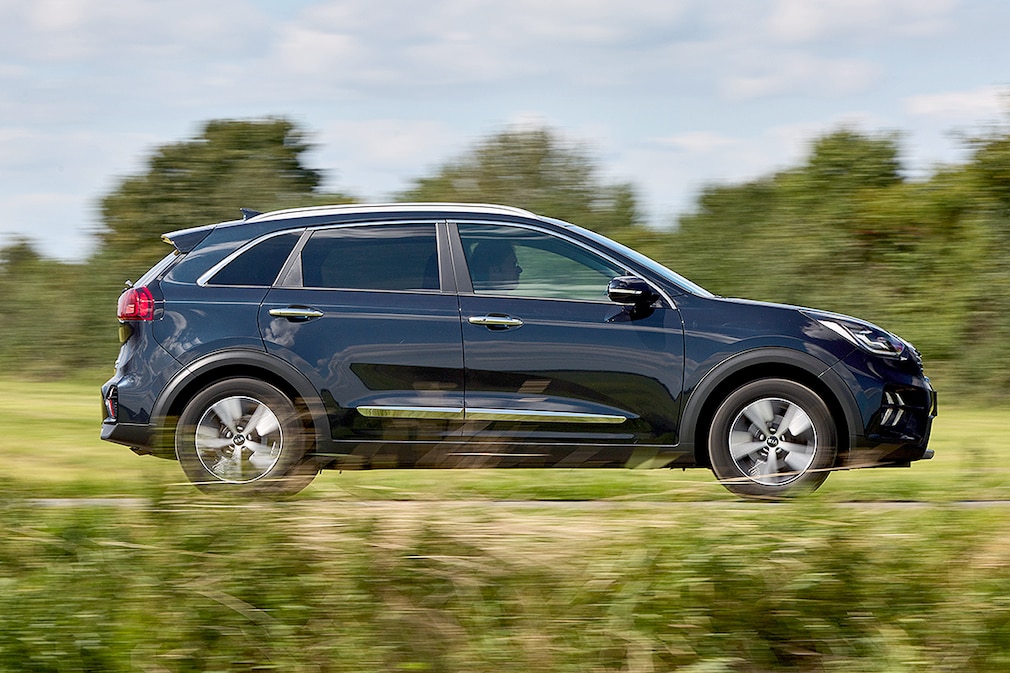Encore for the plug-in hybrid! Or just a guest appearance?
PHEV surprise: Registrations increase without funding. Plug-in hybrids remain in the spotlight.
Encore! The plug-in hybrid is returning to the stage. Registration numbers for PHEVs increased by 22.3 percent in February compared to the same month last year. Without government incentives to make purchasing a plug-in hybrid more attractive by the end of 2022, the future of this vehicle class seemed uncertain.
The significant drop in new registrations by half last year reinforced the assumption that the curtain had fallen on plug-in hybrids. But apparently customers are demanding an encore. Good this way! Rechargeable hybrids can introduce people to electromobility. As a bridging technology, plug-in hybrids have the potential to convince skeptics of pure electric mobility and win them over to the transition. My personal experience with a plug-in hybrid confirms this.
The hybrid drive of my company car gave me the flexibility to spontaneously travel longer distances without the fear of limited range or the need to plan charging stops. For me, driving a plug-in hybrid combines the fun of regenerative braking and silent acceleration with the efficiency of reduced fuel consumption – provided the vehicle is charged regularly.

Plug-in hybrids remain in the spotlight.
Image: Christoph Börries / Car Whiz
For those who say: “You only drive it because of the tax savings”, I agree with them! That was my incentive, but it brought me a significant step closer to electric mobility in my private life. And at least I count myself among those who use their charging cable: I have used an average of 4.8 liters so far with a good mix of city, country and highway. This shows me that plug-in hybrids, used correctly, can continue to represent a valuable bridge to fully electric mobility.
Plug-in hybrids with tax advantages
Government funding may have expired, but the latest registration figures suggest that, in addition to the tax advantage, there is interest in this bridging technology. Remarkable. Especially since plug-in hybrids, like all other types of drive, have become significantly more expensive. In view of these developments and personal experiences, it remains to be hoped that plug-in hybrids can continue to maintain their place on the market – as a good and further option for those who want to master the balancing act between conventional mobility and the step towards electrification .
Hopefully the plug-in hybrid doesn’t just make a brief guest appearance.
